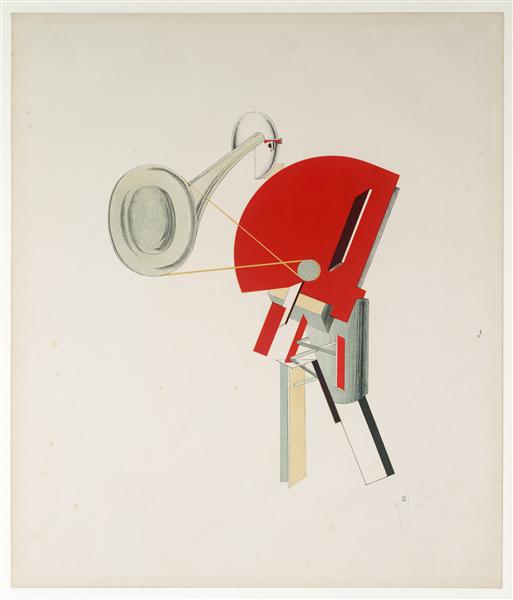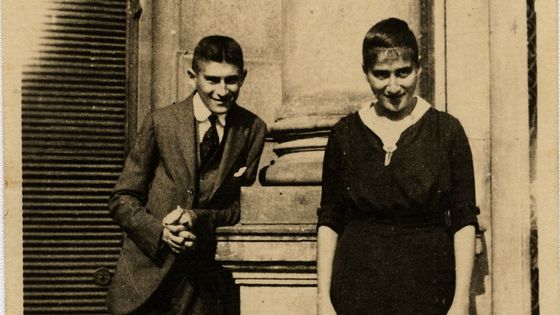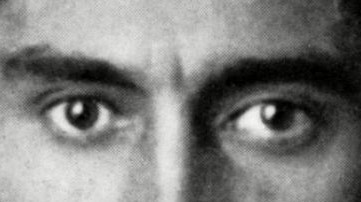 |
Franz Kafka's The Trial: Josef K's End, 1977 |
THE TRIAL
BY FRANZ KAFKA
Illustrations by James G. Todd
 |
| Franz Kafka's The Trial: Josef K. Meets Painter, 1977 |
 |
Franz Kafka's The Trial: Leni's Kiss, 1977 |



 |
| Eggar Kerry |
 |
| Maggie Smith |
Beloved British actor Maggie Smith, who stole hearts in her portrayal of Downton Abbey’s Violet Crawley and Harry Potter’s Professor Minerva McGonagall, died on the morning of Friday, Sept. 27, at the age of 89.
 |
| JD Salinger |
The first literary anniversary of 2019 will be one of the biggest: Jan. 1 marks the centenary of J.D. Salinger. (To mark the occasion, his four books are being reissued in a boxed set by Little Brown.) A hundred years seems like it ought to be a long time in literary history—Salinger is as distant from a child born in 2019 as he himself was from Herman Melville. Yet somehow he doesn’t feel as far removed from us as the other writers of his generation—figures like Saul Bellow, Norman Mailer, or John Updike, who also became famous in the post-World War II years. Our readerly accounts with those famous names are basically settled, but Salinger’s remains open; his achievement feels unsettled, incomplete.
 |
| JD Salinger |
Kabbalah teaches that God created the universe by deliberately shrinking himself, withdrawing into himself in order to leave a space that Creation could fill. This idea, known as tzimtzum, has a weird pertinence to the life and work of J.D. Salinger—but then again, since Salinger himself was a kind of mystic, perhaps it’s not so weird. Nobody seems to know whether Salinger spent any of his years of retreat up in Cornish, N.H., reading Isaac Luria, the 16th-century Jewish sage who invented the idea of tzimtzum. His tastes seem to have run more toward Zen and Hindu mysticism, or even the Russian Orthodox Jesus Prayer, which famously obsesses Franny Glass: “If you keep saying the prayer over and over again—you only have to just do it with your lips at first—then eventually what happens, the prayer becomes self-active. Something happens after a while.”
Today marks the anniversary of the publication of J.D. Salinger’s iconic book “The Catcher in the Rye.” The legacy of the book has been a cultural touchstone since it was first published. But as Louis Menand pointed out in an essay written around the time of the book’s 50th birthday in 2001, “The Catcher in the Rye” has come to mean more than that:
“The Catcher in the Rye” is a sympathetic portrait of a boy who refuses to be socialized which has become (among certain readers, anyway, for it is still occasionally banned in conservative school districts) a standard instrument of socialization. I was introduced to the book by my parents, people who, if they had ever imagined that I might, after finishing the thing, run away from school, smoke like a chimney, lie about my age in bars, solicit a prostitute, or use the word “goddam” in every third sentence, would (in the words of the story) have had about two hemorrhages apiece. Somehow, they knew this wouldn’t be the effect.
Supposedly, kids respond to “The Catcher in the Rye” because they recognize themselves in the character of Holden Caulfield. Salinger is imagined to have given voice to what every adolescent, or, at least, every sensitive, intelligent, middle-class adolescent, thinks but is too inhibited to say, which is that success is a sham, and that successful people are mostly phonies. Reading Holden’s story is supposed to be the literary equivalent of looking in a mirror for the first time. This seems to underestimate the originality of the book. Fourteen-year-olds, even sensitive, intelligent, middle-class fourteen-year-olds, generally do not think that success is a sham, and if they sometimes feel unhappy, or angry, or out of it, it’s not because they think most other people are phonies. The whole emotional burden of adolescence is that you don’t know why you feel unhappy, or angry, or out of it. The appeal of “The Catcher in the Rye,” what makes it addictive, is that it provides you with a reason. It gives a content to chemistry.
Despite his influence, many have seemingly been ambivalent to claim Jerome David Salinger, who was raised Jewish and bar-mitzvahed, or to list him among the Jewish greats like Roth, Bellow, Malamud, Ozick, and countless others.
While the (tale-tell) Jewish themes of isolation and ostracism were thick in his work, the identifiable Jewish experiences in Salinger’s characters were camouflaged. His biography may lend some insight. Consider that his grandfather was a rabbi and his father imported ham and kosher cheese for a living. Consider that his mother (Marie), though she was Irish-Catholic, pretended to be Jewish (Miriam) until after Salinger had his bar-mitzvah. Salinger was a mediocre student, but he excelled in the army, taking part in D-Day at Utah Beach and the Battle of the Bulge as well as liberating a concentration camp and earning the rank of Staff Sergeant. He even managed to befriend Ernest Hemingway while in Europe.
There’s plenty more to ponder about Salinger on Rye Day. It might be more fitting to do it alone.
This documentary about the hit lifeguard drama famed for slow-mo shots in skimpy beachwear is oddly po-faced. It’s a shame given wild anecdotes about Playboy, being stoned – and turning down a Hollywood megastar
A.I., the Aryan Papers, and Eyes Wide Shut all present characters who are locked into their roles and cannot be authentic: the robot boy who yearns to be accepted as real, the Jewish child forced to masquerade as a gentile, and the man Bill Harford who cannot quite dare to break through from dreaming about a sexual adventure to actually having one. Like Barry Lyndon, Bill remains on the outside looking in even when he’s at the center of the action.